in sales, or is it the third, in USA. Plaza. I saw many interesting things in sociological
ways. A small bunch of young people dressed in black, with some tattoos, mutilated bodies with holes, they are the never dying breed of GOTHICS.
I have changed my position regarding this freaks I would have called them some time ago. Now I prefer to see them as what they really are. Young people with odd tastes and a rejection to the squares as the complacent, docile, followers of society trends were known then.
After a while, the background noise of people chatting non stop, with far too many children in a close space became unbearable. I moved to the book store, too crowded
with the same, but lucky to find a corner to check Horticulture mags and a couple of books about vines/flowers from Puerto Rico.
Here is the list of plants that were left without ID, in the previous inventory. It may seem dejavus, since botanical names are in latin and they all look the same but are not.
- Clitoria ternata
- Cissus verticillata
- Cannavalia maritima
- Portulaca oleracea
- Commelina elegans
- Talinum triangular
- Urena lobata
- Tradescantia palida
- Hippeastrum
- Manihot esculenta
- Euphorbia pulcherrima
should not be surprised. IT is not that I keep looking for plants constantly as a junkie for the
fix. Is more simple I have had plants for many years without knowing the botanical name.
A garden without plant names is like orphans roaming in the prairies without being baptized.
Why do I keep an inventory may ask the recently arrived? It is a serious habit, consequence of my training in the NY Botanical Garden. It is a matter of discipline as important as to
monitor for insects daily. By the way, citrus and beans so far, the most prone to be attacked
by insects, often in two or three days you have a pest. The messy type with colonies
of insects into the sap sucking trip, the worst.
The most important reason, however, besides the numerical, is that a botanical names
allows to investigate and learn how to propagate, take care or the plant/diseases, and so on.
Which reminds me that after the mingling, always requiring a great effort, I checked out
those blogs that I observe to see what I can learn.
I confirmed a tendency in the garden blogosphere in every continent. A fine gentleman from a faaar away former British colony,
places a picture of some Hibiscus with a seemingly GIANT mosquito. THE object of the inquiry was the mosquito. " Can anyone tell me what IS IT, does anyone knows"? Now, you may not believe this but it is true. Between ten/fifteen of his groupies, permanently commenting on
whatever his picture may be, wrote about what a nice picture of the insect, beautiful, wonderful, and other classical adjectives, not far from those used to describe films in trailers.
I could not believe it. It was just like the story of five/tree blind men describing an elephant with their hands, while touching the body. No clue. I suggested to name the plant since most insects, prefer
specific plants and or relatives. Example, one insect I can not remember, loves roses and apple
trees, spending one cycle of its life in one, moving later to the other, causing great harm in the orchards. At least in the past, when there were no resistant varieties developed.
IN BRIEF, these serious gardeners proud of the beauty of ANY flower in their garden, could not
make an intelligent suggestion to solve the matter, but ALL wrote about what a beautiful
insect it was. Now, for those into research, widening their views.. The only thing one needs
to figure out damage done to a plant during the night, is the pattern of chewing. Border, center of the leaves, inside, marks/evidence of sucking, color
changes in the leaf, bended borders of the leaf and so forth.
Please, later go with the botanical name to search. Write the botanical name+plus insect
damage+diseases and presto... You have a great possibility of knowing exactly who is damaging your UH/AH flower, or at least how to destroy/stop the culprit from causing
more harm. Remember if you use chemicals that are not organic....You will also destroy lizards, earthworms, milipeeds and everyjuan else...
BONUS FOR CARIBBEAN ISLANDERS
SOCIEDAD HORTICULTURAL BOURET. One of many failed attempts to my phylanthropic inclinations.. A concept thought and exposed in some lame site, JunteAmbiental. The people were invited for free classes, plant/seed exchanges. The trick, difficult to comprehend for the sophisticated visitors to that site, was simple. To verify your assistance, you had to send an email to my
address provided in the announcement. Some mentally challenged requested my phone, as
if there was something wrong with sending a message to comply with the request.
It all became water and salt. Another example of the IQ levels of our environmental segment
of the population. Also evidence that yours truly is certainly not a total misanthropist, not yet. Time to go....


















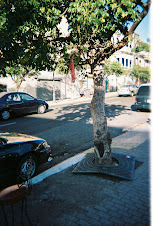-25.jpg)
-24.jpg)
























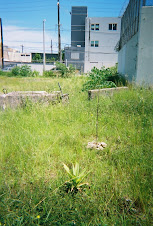




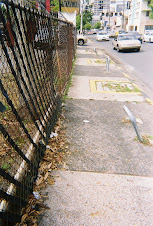
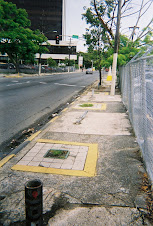
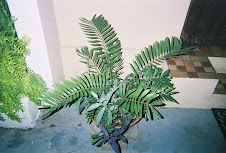




-22.jpg)
-25.jpg)
-24.jpg)






-16.jpg)
-13.jpg)
-08.jpg)
































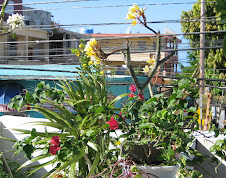
















1 comentario:
chequea www.localecology.org
Publicar un comentario